1. Miami, FL
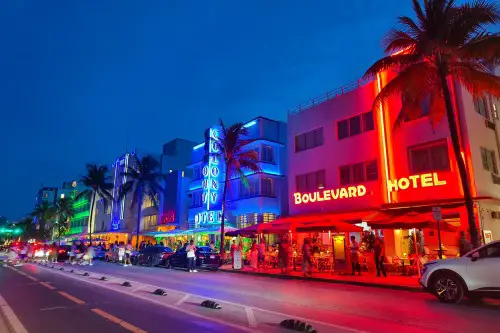
Miami is an interesting case because, while it’s in a state with lower-than-average gas taxes, its prices still rank high, CBS News reports. The reason largely has to do with its reliance on imported oil and its location in the Southeastern United States. Miami’s proximity to the Caribbean means it has to rely on imports, which come with additional shipping and logistical costs. This significantly increases the cost of gas compared to other areas with more local refineries.
The demand for gas in Miami is also a factor. The city has a booming tourism industry, and visitors constantly need to fuel up to explore the region. This influx of travelers, combined with a large local population, results in high gas consumption and continued demand for fuel. As a result, Miami often sees its gas prices rise during peak tourist seasons when demand spikes.
2. San Francisco, CA
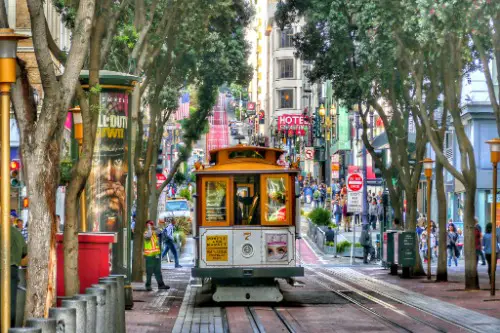
San Francisco tops the list, and it’s no surprise given its high demand for gas and limited supply. With its proximity to Silicon Valley and a population that commutes to tech hubs, the demand for gas is constant, according to KTVU FOX 2. The state’s strict environmental regulations, including a carbon tax and fuel standards, also push prices higher. Add in the fact that fuel is transported over long distances due to limited refining capacity, and you get a hefty price tag at the pump.
The infrastructure issues in California only exacerbate the cost of gas. Frequent refinery maintenance and occasional outages can disrupt supply, causing prices to spike unexpectedly. Local taxes and fees also contribute to high gas prices in the city. All of this creates a perfect storm for drivers in San Francisco, who often see some of the highest gas prices in the country.
3. Los Angeles, CA

Los Angeles, another California city, is notorious for its expensive gas, and its reasons are similar to San Francisco’s, according to FOX 11. The sheer number of cars on the road creates an enormous demand for gas, making it more costly to meet. With a growing population and heavy traffic congestion, the city’s dependency on gasoline doesn’t look like it’ll decrease anytime soon. On top of that, state-level environmental regulations like the Low Carbon Fuel Standard increase fuel prices.
Refining and transportation are additional contributors. Los Angeles’ refineries have to import crude oil from distant places, which drives up transportation costs. Natural disasters, like wildfires, also play a role in disrupting both refining and distribution. While the city is making efforts to reduce gas usage with public transit and electric vehicle incentives, the infrastructure isn’t keeping pace with demand.
4. Chicago, IL
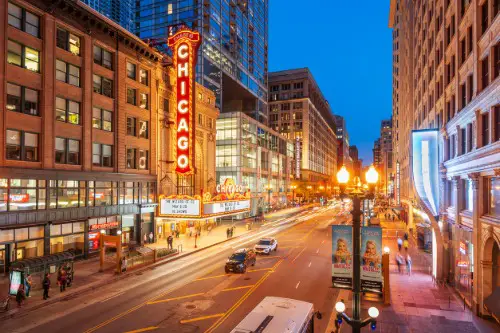
Chicago has earned its spot among the cities with the priciest gas, primarily due to the state’s high taxes. Illinois places a significant gas tax on drivers, which directly impacts what people pay at the pump. The gas tax in Illinois includes both state and local taxes, which can add up quickly. With Chicago’s massive metropolitan area and its reliance on cars, the demand for gas is consistently high, keeping prices elevated, according to CBS News.
Another factor driving prices is the city’s logistical challenges. Chicago, while a major transportation hub, often faces congestion at its key distribution points. This congestion can delay fuel deliveries, contributing to rising prices. On top of that, the city’s proximity to refineries that process crude oil from other regions adds extra costs for transportation and distribution.
5. Seattle, WA
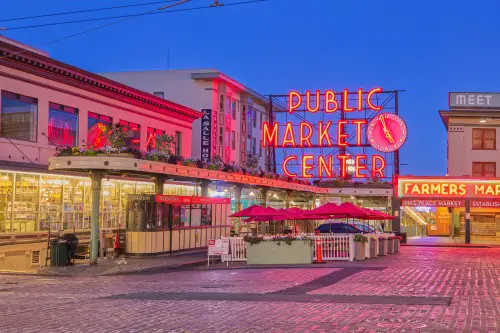
Seattle’s high gas prices are driven by a combination of environmental policies and limited local refining capacity. Washington state has a cap-and-invest program aimed at reducing carbon emissions, which increases the cost of fuel. The city also has an intricate tax structure that includes both state and local gas taxes, pushing the price higher for residents. This, coupled with Seattle’s location, which requires fuel to be transported via rail or trucking, increases transportation costs, according to FOX13 Seattle.
The state’s push toward renewable energy also plays a role in elevating gas prices. With Washington’s commitment to reducing fossil fuel consumption, the market for gas becomes more selective, raising prices. Additionally, Seattle’s infrastructure, like many urban centers, struggles to meet the growing demand for gas due to the lack of new refineries in the region. It’s a combination of politics, geography, and logistics that keeps prices high.
6. New York City, NY
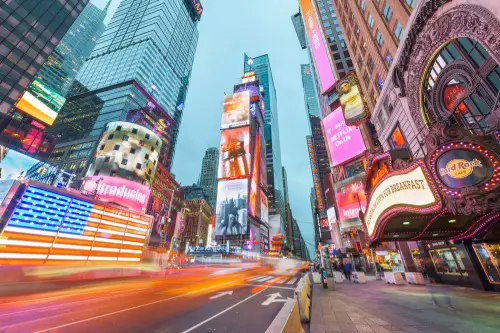
New York City is no stranger to high gas prices, and it’s not just because of its sheer population. The state’s gas taxes, which are some of the highest in the nation, directly contribute to the increased cost at the pump. These taxes fund various infrastructure projects, including transit, but they also make it expensive for drivers. Additionally, the city’s densely populated urban sprawl means that there’s a lot of demand for gasoline, driving prices upward.
Another contributing factor is the distribution challenges in a city of NYC’s size. Gasoline must be transported across bridges and tunnels, which can create delays and extra costs, especially during peak periods. The combination of high taxes, transportation costs, and a high volume of drivers creates a recipe for some of the highest gas prices in the nation. As electric vehicles gain traction, gas prices may fluctuate, but they likely won’t drop dramatically anytime soon.
7. Houston, TX
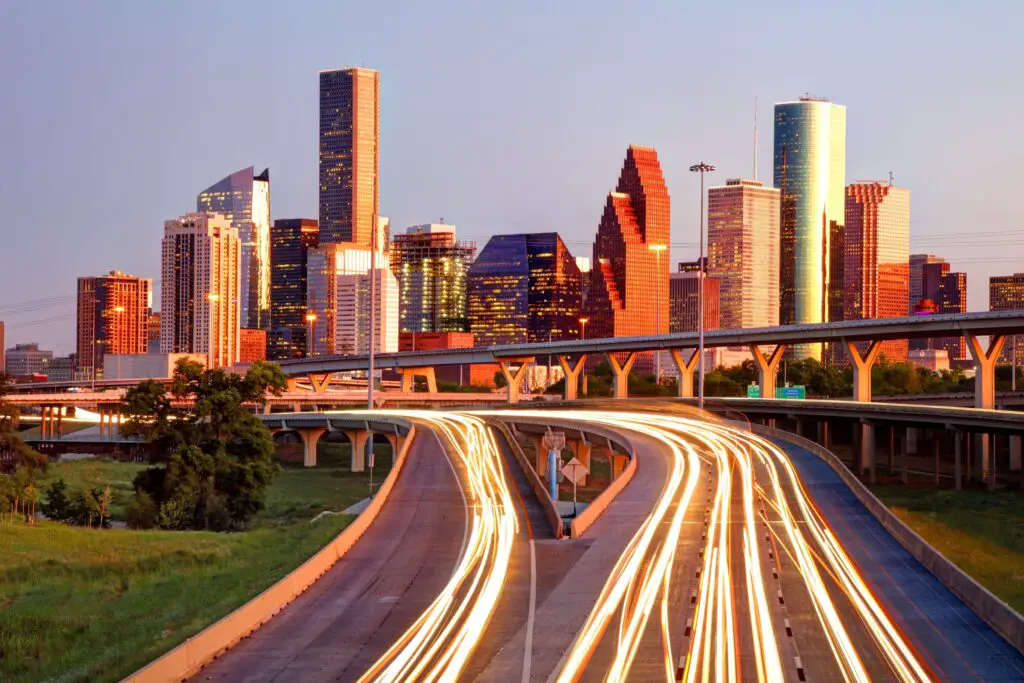
Houston, Texas, might seem like an anomaly considering the state’s oil-rich reputation, but it’s on the list for a few good reasons. While Texas is a major producer of oil, Houston’s proximity to refineries means its demand can sometimes outstrip supply. The rapid growth of the city’s population and the increasing number of vehicles on the road add pressure to gas prices. As Houston’s suburban sprawl continues, transportation costs also increase, contributing to higher prices at the pump.
In addition to this, hurricanes and severe weather events often impact the refining and distribution networks in Houston. When refineries are damaged or shut down, the entire region can see spikes in fuel prices. With frequent disruptions to the production and delivery of gasoline, residents of Houston frequently feel the pinch at the pump. Although Houston is a central hub for energy, its infrastructure often struggles to keep up with demand.
8. Washington, D.C.
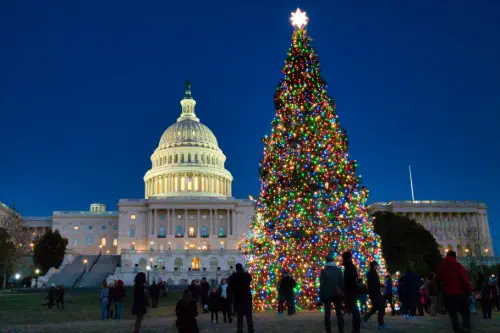
Washington, D.C. often finds itself among cities with higher-than-average gas prices due to its combination of taxes and geographic location. The federal capital is surrounded by states that impose higher fuel taxes, which pushes gas prices up. Additionally, D.C. is in an area with limited refining capacity, and the fuel that makes it into the city often has to be imported from other regions. This not only increases the cost of transportation but also contributes to price instability.
Political factors also come into play, as fuel taxes in the area fund various public services and infrastructure projects. Gas prices in the region are often influenced by debates over funding and energy policies at the federal level. As one of the nation’s largest urban areas, D.C. sees a high volume of traffic, which adds another layer to the demand for fuel and the upward pressure on prices. Residents and commuters alike feel the effects of these combined factors.
9. Boston, MA
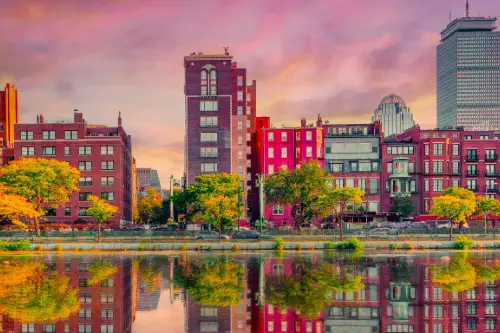
Boston is known for its higher-than-average gas prices, thanks to the state of Massachusetts’ significant gas taxes. These taxes fund everything from transportation projects to environmental initiatives, which increase the cost of fueling up. Additionally, the city’s location on the East Coast means that it has to import fuel, often from refineries located far away, adding further transportation costs. All these factors together make it one of the more expensive places to fill up your tank.
Boston’s urban density and traffic congestion exacerbate the issue as well. With thousands of commuters driving into the city daily, there’s a constant demand for gas. The high volume of vehicles means that the supply chain is frequently under pressure, which can lead to price fluctuations. Despite efforts to reduce car dependency with public transportation options, the city’s reliance on gas-powered vehicles keeps prices elevated.
10. Portland, OR
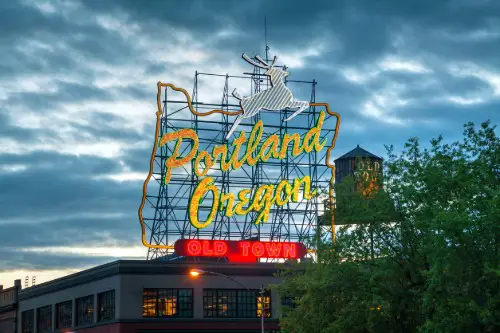
Portland, Oregon, has steadily climbed the ranks for expensive gas prices, and much of it has to do with the state’s unique regulations. Oregon is one of the few states that bans customers from pumping their own gas, which creates an extra layer of labor costs. In addition, Oregon’s emphasis on environmental sustainability means there are strict regulations around fuel standards, contributing to higher prices. Local taxes designed to fund infrastructure projects also add to the total cost.
Another contributing factor is the city’s geographic location, which requires fuel to be transported over long distances. This increases transportation costs, which are then passed onto consumers. With Portland’s growing population and car-dependent lifestyle, demand for fuel remains high, pushing prices up. While efforts to promote alternative energy are underway, gas prices in Portland remain high for the time being.
11. Denver, CO
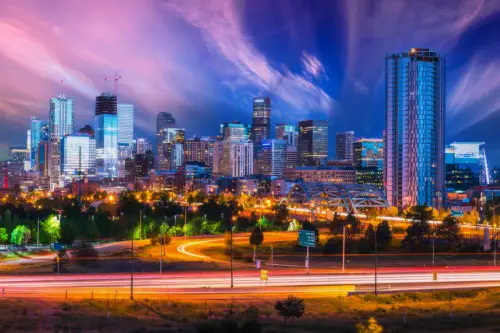
Denver’s high gas prices can be attributed to its location and the state’s tax policies. Colorado levies a significant gas tax, which helps fund road maintenance and other infrastructure projects. This tax burden adds to the price that consumers pay at the pump. Additionally, the Rocky Mountains’ geography means that much of the fuel used in Denver has to be transported from distant refineries, increasing transportation costs.
The city’s rapid growth also plays a role in increasing gas prices. As Denver continues to attract new residents, the demand for gasoline rises along with the population. The city’s sprawling nature and reliance on cars only exacerbate the situation. With limited alternatives for commuting, Denver’s residents continue to pay high prices to fill their tanks.
12. Anchorage, AK
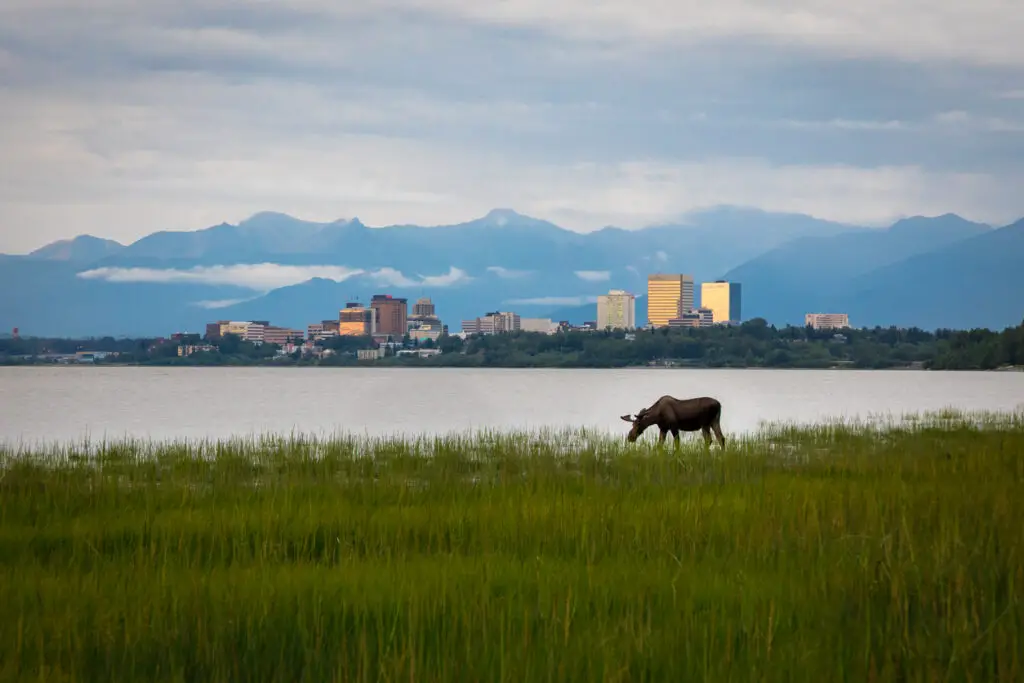
Anchorage, Alaska, is another city that suffers from high gas prices, despite the state’s proximity to oil reserves. The main issue here is transportation costs, as fuel has to be shipped into the city due to the state’s limited infrastructure. The long distances involved in getting gas to Anchorage raise prices substantially. On top of that, Alaska has some of the highest taxes on fuel in the nation, which compounds the cost for consumers.
Another challenge for Alaska is the state’s reliance on non-renewable resources, making gas more expensive as demand outstrips supply. The state’s climate and weather conditions also cause disruptions in transportation, further driving up the price of gas. While Alaska is rich in oil reserves, the infrastructure simply isn’t designed to make gasoline affordable for everyone.


